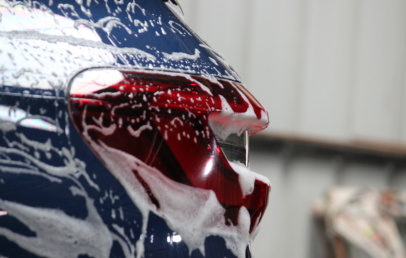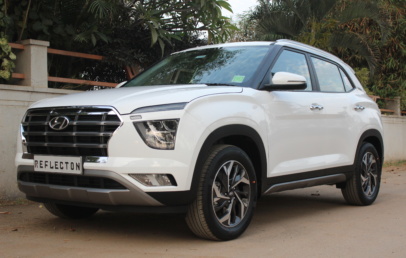Introduction: Clear coats play a crucial role in the automotive world, providing protection, depth, and gloss to painted surfaces. Understanding the different types of clear coats and their technical specifications can help enthusiasts and professionals make informed choices. In this blog, we delve into the world of clear coats, exploring their composition, curing mechanisms, drying times, durability, gloss and clarity levels, and application methods. Let’s dive in!
- 2K (Two-Component) Clear Coat: 2K clear coats are a popular choice for automotive refinishing due to their excellent durability and resistance to various environmental factors.
- Composition: 2K clear coats consist of two components—a clear coat resin and a hardener. These are mixed together before application.
- Curing Mechanism: The chemical reaction between the resin and hardener initiates the curing process, forming a strong protective film.
- Drying Time: 2K clear coats typically require several hours to dry and fully cure, ensuring optimal performance.
- Durability: They offer exceptional resistance to UV rays, chemicals, and environmental elements, providing long-lasting protection for the paint.
- Gloss and Clarity: 2K clear coats deliver a high-gloss finish with deep clarity, enhancing the visual appeal of the painted surface.
- Application: Professional application equipment is recommended for proper mixing and precise application.
- 1K (One-Component) Clear Coat: 1K clear coats offer a more accessible option for DIY enthusiasts, providing a balance between performance and ease of application.
- Composition: 1K clear coats consist of a single-component clear coat resin, eliminating the need for additional mixing.
- Curing Mechanism: These coatings rely on the evaporation of solvents for drying and film formation.
- Drying Time: Compared to 2K clear coats, 1K variants generally dry faster, reducing the overall application time.
- Durability: They offer good durability, although they may be slightly less resistant to harsh chemicals and environmental factors.
- Gloss and Clarity: 1K clear coats provide a glossy finish, although the depth and clarity may be slightly lower than their 2K counterparts.
- Application: Conventional spray equipment can be used, making it more accessible for DIY projects.
- Water-Based Clear Coat: Water-based clear coats are gaining popularity due to their reduced VOC emissions and environmental friendliness.
- Composition: Water serves as the primary solvent in these clear coats, replacing traditional organic solvents.
- Environmental Friendliness: With lower VOC emissions, water-based clear coats offer a more eco-friendly option.
- Drying Time: Water-based clear coats may require longer drying times compared to solvent-based alternatives.
- Durability: They provide good durability and UV resistance, though special care may be required in extreme conditions.
- Gloss and Clarity: Water-based clear coats deliver high gloss and good clarity when properly applied and cured.
- Application: Specific application techniques and equipment suitable for water-based products are necessary.
Conclusion: Choosing the right clear coat for automotive refinishing requires a careful consideration of technical specifications. The type of clear coat, its composition, curing mechanism, drying time, durability, gloss and clarity levels, and application methods all play a crucial role in achieving the desired results. Whether you opt for the robustness of a 2K clear coat, the accessibility of a 1K variant, or the eco-friendliness of a water-based option, understanding the technical aspects empowers you to make informed decisions and achieve outstanding results in your paint projects.




